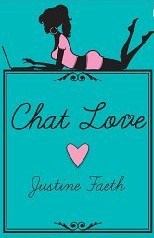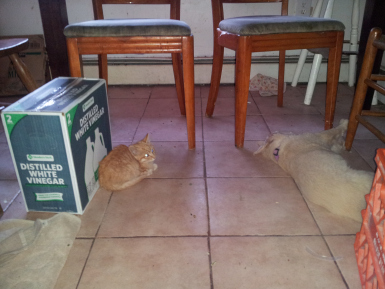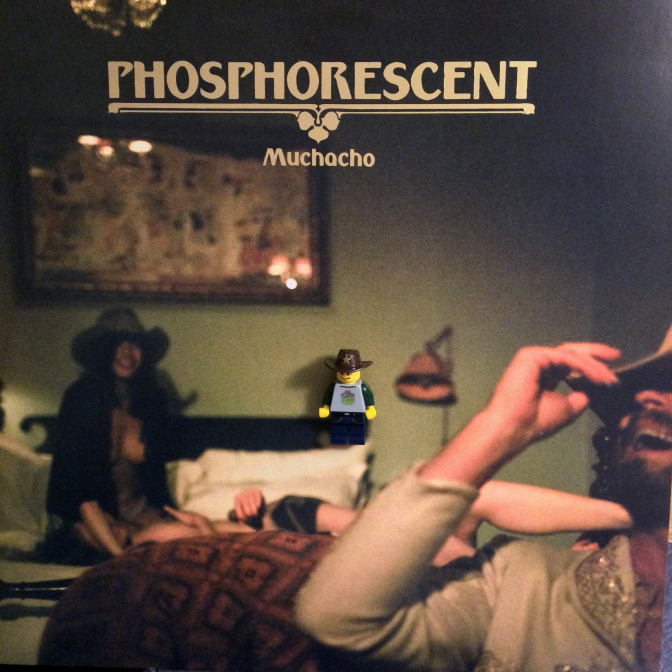My cooking experiences with a cookbook called Joy started when I bought a used spiral bound paperback edition published by New American Library under the “Plume” moniker. It must have been in the 1990’s. Only one recipe is tabbed; “Ginger Snaps” on page 662 of the chapter “Cookies and Bars.” My friend Shelley tells me “Joy of Cooking was the very first cookbook I ever owned and it remains one of the few that I still consult—even in this digital age where everything is available online.”
Much has been written about this cookbook and its creator, Irma von Starkloff Rombauer. Indeed, generations of cooks have put aside wonder and “asked Irma.” The Wikipedia entry is legendarily accurate and there is a lovely picture of the ebullient author. Its accuracy, in part, is due to the research and thoughtful writing of Anne Mendelson in her book Stand Facing the Stove, which was referenced frequently in the entry.
Mendelson, in her preface to the 1996 book, wrote “the oddities of this book reflect the fact that it took more than ten years to complete, not the year or so I naively expected when the Becker family gave me access to a vast hoard of documents and memorabilia stretching from the late nineteenth century to the time of Marion Becker’s death in 1976.”
Ten years. That’s a long time to work with a “vast hoard of documents and memorabilia.” Mendelson also interviewed numerous living Rombauer and Becker relatives. In the end, she put together an important analysis of American cooking over the last century. Any aspiring “food writer” should read it to better understand home cooks, cook books, and cooks who read about food.
Mendelson includes two chapters within the Rombauer/Becker story, “Chronicles of Cookery 1” and “Chronicles of Cookery 2” and calls them “two long pauses in the narrative” for a distilled history of 20th century cookery and cook bookery.
These “long pauses” were apparently too long and too detailed for the Amazon book reviewer who said “This is probably one of the most boring books I have ever read…I really thought the story behind the book was going to be interesting but the way that it was written is more like a history book.”
I laughed when I read this one-star review. Was the “reviewer” expecting a Hollywood treatment, something simmered down into an attractive Nora Ephron stock, a la Julie & Julia? The story of Joy of Cooking is complex and the drama more nuanced. The reviewer may have missed the following rather gothic and pivotal turn of events early on in Mendelson’s book (page 81), the moment that would lead to the creation of the cookbook:
“Some time later Elsie Holtman, the housemaid, who had paid no attention to a sound like a car backfiring, answered the phone. It was the downstairs neighbors, who had suddenly noticed blood dripping from the ceiling.”
That was on Monday, February 3, 1930. Irma Rombauer had gone out shopping and her husband, Edgar, shot and killed himself. This event would change her life and the life of her family forever.
I’ll admit, I struggled with the book in the beginning. I put it down and I picked it up. I put it down again. I contemplated forcefully heaving it into another room. I didn’t fall in love with the characters and I couldn’t identify with the St. Louis Deutschtum class into which Irma Rombauer was born. I had to go back and re-read certain sections of the book. I tabbed and underlined.
And mostly, I learned.
Anne Mendelson, in her preface said, “What is remarkable about Joy is that it was brought into being and continued by individuals.” What she further delineates is that these same individuals were raised within a culture that practiced traits of Lebenskϋnstler, a difficult to translate German word which roughly means to practice artistry or “life artist.”
Unlike other similar corporate cooking compendiums such as The Betty Crocker Cookbook, Joy was created by a family. Irma Rombauer’s daughter, Marion Rombauer Becker, does not have a Wikipedia entry, but you can read a fitting homage to her here, at the official website of Joy of Cooking.
Becker had creative talents and aspirations of her own which she tended in her lifetime, but ultimately, her life’s work was the perfection and continuation of her mother’s offering to the cooking universe. Becker preferred living outside of the limelight as much as her mother, Irma Rombauer, loved being in it. What comes through in Mendelson’s book is Becker’s passionate dedication to making the cookbook ever-better with each printing and each revision.
Happily, Joy of Cooking is still a Becker family affair and the work continues with similar dedication. Marion’s son Ethan Becker remains involved, as does Ethan’s son and daughter-in-law John Becker and Megan Scott.
The website is informative, there are occasional recipes shared, and there’s even an I-phone app available for download which features the contents of the 2006 Joy edition.

Three cheers and five stars for Anne Mendelson, who toiled for 10 years writing Stand Facing The Stove. Her detailed and well-researched volume is the historical summary and synthesis of what is known today about the individuals who created one of the 20th century’s most reached for cookbooks. Almost every article written about the Joy or the Rombauer/Becker collaboration is a distillation of Mendelson’s 1996 work.
If “boring” and a one star Amazon review is the fate of well-done historical research, please…let me be boring!
Share this:- Share





